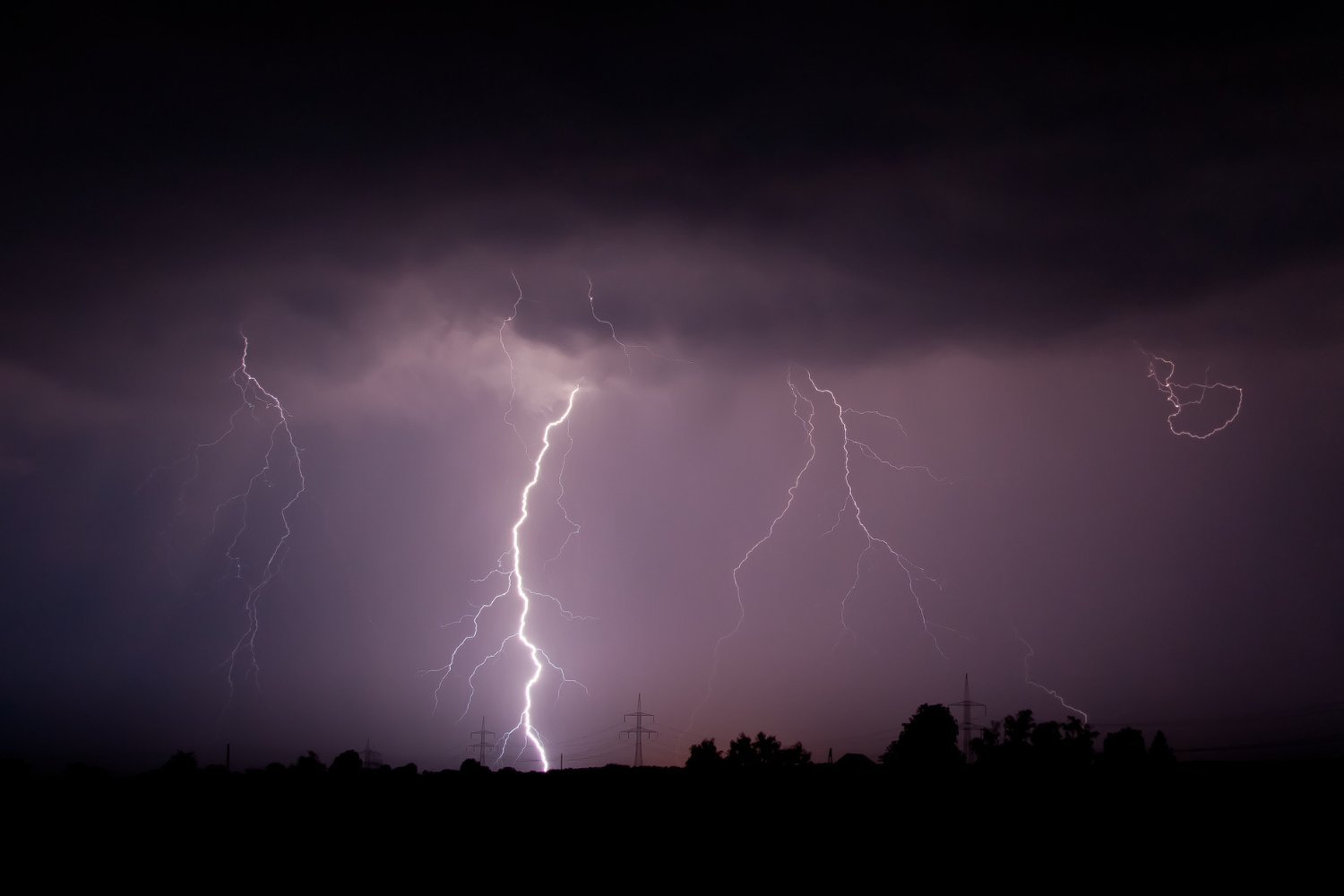Outdated lightning safety advice is making the rounds again, prompting experts to speak up about what actually keeps you safe in a storm.
If you get caught outdoors during a lightning storm, safety experts once recommended adopting a crouched position to lessen your chances of being struck by lightning. It turns out, however, that the position doesn’t make you any safer.
“If you’re caught outside during a thunderstorm, the best plan of action is to move as fast as you can to a safer place,” John Jensenius, a lightning safety specialist with the NLSC, said in a statement released by Loehr Lightning Protection Co. “The sooner you get to a safe place, the lower your risk. Crouching only prolongs the risk of being struck,” explained Jensenius.
The crouch isn’t just outdated—it was debunked almost 20 years ago. But despite the fact that the NLSC and the National Weather Service stopped recommending the crouch in 2008, institutions such as the American Hiking Society and the city of Bellmead in Texas continue to include it in their lightning safety guidelines.



Or like “if I duck lower than a fence pole than the lightning strikes the fence pole.” But it’s a conductivity thing, an open field of wet grass is a crappy situation.
Would lying flat and wriggling your way to safety like a big wet human worm help? Or always traveling with a taller, damper friend?
Lying flat, especially with a wet contact to the ground is about the worst you can do. Especially in tne mountains, where voltage gradients reach much farther from the point of the strike.
It is true that lightning is much more likely to strike a fence pole, but it is also true that being near a fence pole which gets gets struck is still extremely dangerous, as the main plasma channel will arc to other things in the area, and just generally creates a massive, dangerous electric field which extends out for several meters.